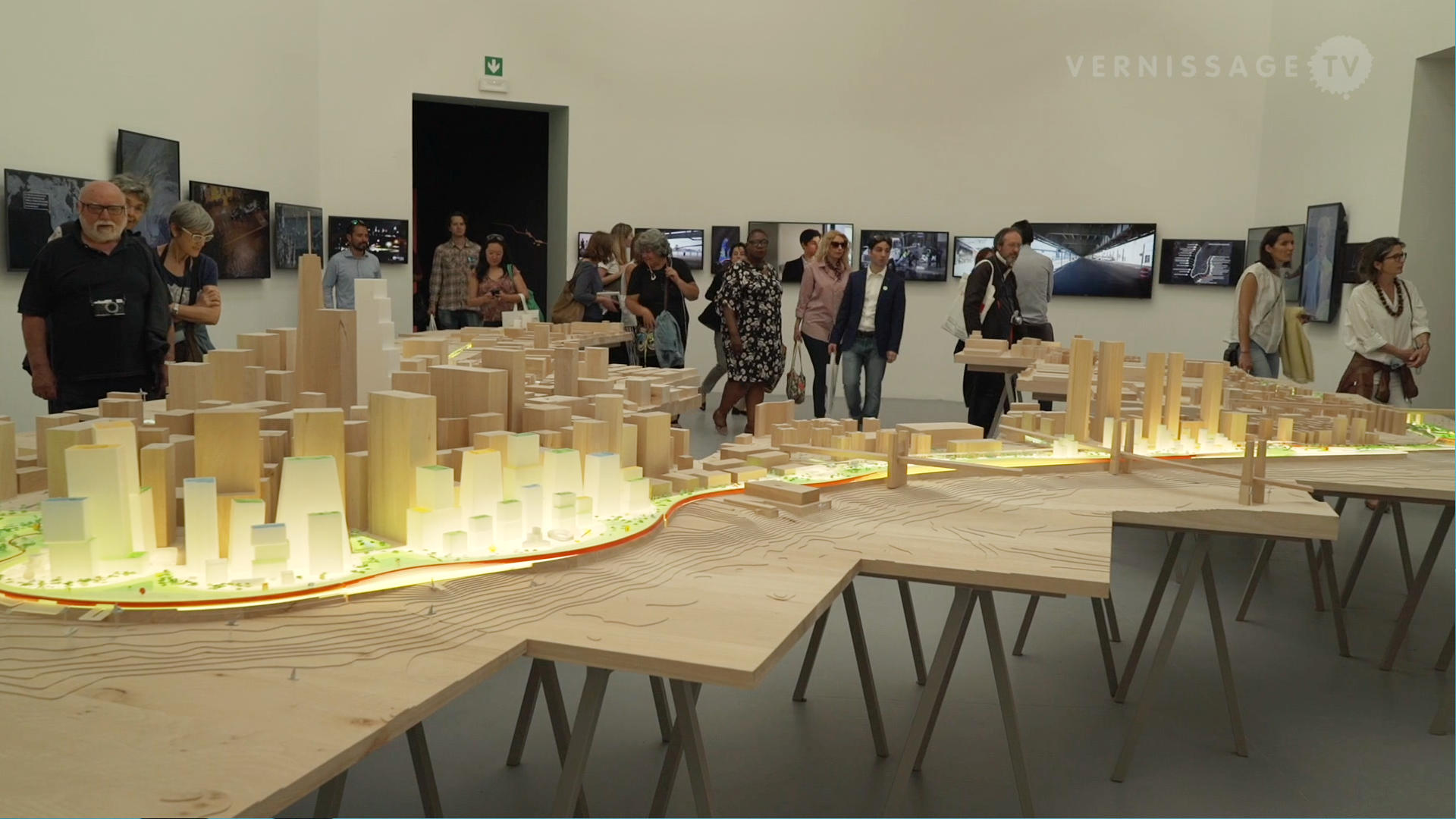
But I love such experiences, because they tell a lot about the art industry. And last year we weren’t allowed to cover the Murakami show in Frankfurt, because they only wanted national media.
#Vernissage tv tv#
Two years ago we wanted to cover an exhibition at the Cooper-Hewitt which was declined because they said that they had an exclusive deal with another internet tv station.

What do you think is your place in the contemporary art press? Have you ever found that you get less attention and regard from PR offices because you are ‘only’ an online media? Do you see an evolution in the credit and respect given to online media?Īpart from two funny experiences we are happy with the regard we get from PR offices. That’s why people love VernissageTV and we won’t deceive them. But one of the core concepts of VernissageTV is to stand back and let the audience build their own opinion. We are not seldom polemic (or enthusiastic) when we drive home after a show. Oh yes! Sometimes it’s really hard to resist taking a stand. Aren’t you tempted to be polemical, critical, take a stand? Isn’t it irresistible sometimes? If we cover a world-renowned artist, that doesn’t mean that we like his or her work – and vice versa.Īnd a somewhat related question: One of Vernissage TV’s main section is No Comment. Sometimes we are attracted by a big name, sometimes by an interesting exhibition concept, and sometimes we just run into an opening. We always say that chance is our best friend.

Then we make a test run with an opening we agree upon to cover and if that was successful, the collaborators work more independently.ĭo you ‘curate’ the videos? For example would you consider bypassing a major exhibition of a world-renowed artist just because you do not like his or her work? Or do you give more space to young talents in the hope that the visibility you give them will boast their career? If someone is interested in collaborating, we send her or him information about the project and check whether we fit together. The three of us cover the most part of the work, but we also have collaborators in Berlin, Munich, and Paris. Karolina is mainly in charge of the financial side of the project and communications, Geoff takes care of the website programming and I’m doing the filming, editing, etc. Karolina, Geoff and I form the core of VernissageTV. Who forms the core of Vernissage TV? How much of the work do you cover yourself? Do you have collaborators all over the world? How does one collaborate with you? Image-Mouvement, Centre d'Art Contemporain Genève, Geneva / Switzerland, December 8, 2010.Vernissage TV is covering the cultural scene almost all over the world. Hit the jump to watch the full-length video.
#Vernissage tv movie#
Once the movie is finished, you can watch it online on the website and share it with other people.

While walking you hear the movie that you are just editing.

By walking through the streets, the iPhone reveals and collects the audiovisual memory of the place. Technically, "Walking the Edit" is based on GPS, geotagging, iPhone app and iPhone. Depending on which route one takes and how fast the user walks, an individual movie is created. Conceived by Ulrich Fischer, the system allows the user to create an individual video using already existing images that are connected to a certain place via geotagging. Walking the Edit is an innovative system that allows users to create a movie by walking, using an iPhone.Īs part of the platform Image-Mouvement, the Centre d'Art Contemporain Genève presents "Walking the Edit", an innovative system to "walk a movie". | Interview with Ulrich Fischer who presented his project "Walking the Edit" as part of the exhibition Image - Mouvement in Geneva, Switzerland.


 0 kommentar(er)
0 kommentar(er)
